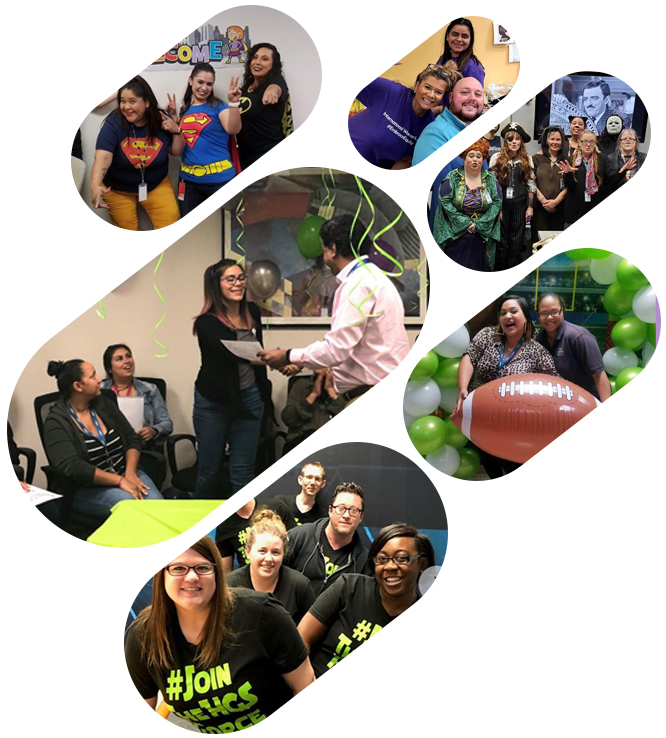
Changing careers is not something you do on a whim. If you find yourself trapped, stuck, or merely fascinated by something else, you need a clear plan of how to change careers effectively to ensure your transition is smooth, not chaotic. This guide will walk you through each step of the process, helping you take charge of your career path with clarity and confidence.

Step-by-Step Guide to Changing Your Career Successfully
It doesn’t happen overnight and requires careful planning, self-reflection, and focused effort. If you desire to shift industries, start fresh, or leverage your current experience in a new way, the following will guide you to success.
Every step calls upon the last to help you secure a new career and thrive in a new, rewarding vocation. From determining why you're making a career change to acing interviews, this chapter provides the basis for your professional change. Let's go over each step in detail:
Step 1: Reflect and Assess Your Current Situation
Take some time to consider what's driving you to change careers before you begin job seeking. Are you exhausted? Not getting growth opportunities? Or are you wondering, "How do I change careers?" Do you dream of working in a different industry?
Ask yourself these questions:
- What do I like to do every day?
- What are my strengths and weaknesses?
- What values are most important for me in a workplace?
- What aspects of my present job do I like or dislike?
- What kind of working environment inspires me?
This self-examination is key to determining how to make a career change that works for you. Keeping a journal, career testing instruments, or even consulting with a career coach can provide clarity.

Step 2: Explore and Research New Career Paths
After determining your reasons for a career change, you should begin exploring how to choose a new career. Research industries that align with your interests, strengths, and values. Investigate:
- Industry trends and employment demand
- Growth opportunities and job security
- Compensation and benefits
- Career progression and promotion opportunities
- Required qualifications or certifications
- Company culture and core values
In the United States, especially with the growing remote and service-sector job market, transitioning careers is becoming more accessible across industries. To better understand what's available, consult resources such as LinkedIn, Glassdoor, professional networks, and career change statistics. Also, pay attention to industry blogs and podcasts.
Step 3: Identify and Develop Transferable Skills
One of the greatest assets in learning how to switch careers is recognizing the transferable skills you've gained through previous experiences relevant to your new role.
Examples of transferable skills:
- Project management
- Communication and negotiation
- Problem-solving and analytical thinking
- Ability to lead teams
- Technical skills (software tools, platforms, data management)
- Customer service and client relations
Once determined, work on advancing or improving these areas through online courses (such as Coursera or LinkedIn Learning), certifications, freelancing, or volunteering. Developing a portfolio can also show your preparedness for the new job.

Step 4: Update Your Resume and Online Presence
Your new career objectives should be evident in your resume. Focus on highlighting your transferable skills, new learning, and recent achievements.
Tips:
- Build a functional or hybrid resume structure to emphasize skills
- Apply keywords from job postings to bypass ATS screening tools
- Quantify achievements using measurable outcomes
- Add an engaging summary describing your career change
- Make your LinkedIn profile consistent with new objectives
Ensure that your online presence aligns with your new direction. This will demonstrate to employers that you know how to change your career.
Step 5: Network Strategically
Networking is a game-changer in career transition. Meet individuals within your target industry to learn, uncover hidden job opportunities, and build meaningful connections.
Strategies:
- Attend in-person or virtual industry events
- Join LinkedIn groups and professional associations
- Arrange informational interviews with your target industry professionals
- Reunite with old colleagues and mentors
- Interact with thought leaders in your target industry by engaging with their content.
Don't overlook internal resources either, particularly if you're looking at contact center career opportunities. These places promote from within and appreciate soft skills such as communication and flexibility.

Step 6: Apply for Jobs and Prepare for Interviews
When ready, begin submitting applications for jobs in your target field. Customize your application for every job, explaining how your previous experience adds unique value to the position.
When preparing to interview:
- Rehearse answers to typical career transition interview questions (e.g., Why are you changing careers?).
- Be prepared to talk about the motivation and preparation for your new career.
- Highlight your transferable skills, adaptability, flexibility, and eagerness to learn.
- Create a portfolio or case studies demonstrating your ability to solve problems, manage teams, or optimize processes in different industries.
Look into customer service representative jobs if you're interested in entry-level opportunities that emphasize people skills and provide the potential to advance in fast-paced industries.
Step 7: Manage the Transition and Stay Resilient
Career transitions may be emotionally and financially draining. Prepare yourself for challenges by:
- Building a money buffer (saving 3–6 months of living costs)
- Seeking personal and professional guidance from mentors, coaches, or peer networks
- Setting clear short-term goals (e.g., certifications) and long-term targets (e.g., securing a targeted role within one year)
Most importantly, remain resilient. Learning how to change career paths means accepting uncertainty while staying focused on your goals. Celebrate small wins and be patient with the process—it’s a journey worth investing in.
Conclusion
In the modern job market, making a professional change is more common than ever. Whether asking, "How do I change careers?" or simply looking for a fresh start, this formalized guide can help you make it happen.
Also, continue the essential qualities for career growth, such as flexibility, emotional intelligence, and positive learning. These will propel you ahead regardless of your direction.
If you want to begin on the right foot, look to enter booming industries. For example, look at the range of contact center career opportunities, where talent development, internal career advancement, and long-term development are typically valued.
At Join HGS USA, we understand how daunting a career change can be. That’s why we provide supportive environments, skill-building resources, and multiple internal growth pathways across our contact center career opportunities. Whether starting fresh or re-entering the job market, HGS USA can be a great place to begin or reboot your career journey.
Frequently Asked Questions (FAQs)
Is it possible to completely change careers?
A career change is highly attainable with adequate planning, preparation, and dedication.
Is it risky to change careers?
Every career change carries risks, but research and preparation can reduce uncertainty.
When to make a career change?
When your occupation no longer reflects your values, goals, or interests, or your career path stagnates, it is time to change.
How stressful is a career change?
A career change can feel overwhelming due to financial concerns, uncertainty, and new challenges. However, with thoughtful planning and proper support, it can become much more manageable.
 US
US Canada
Canada Colombia
Colombia India
India Jamaica
Jamaica Philippines
Philippines UK
UK SA
SA
